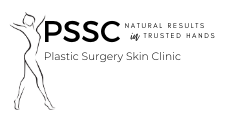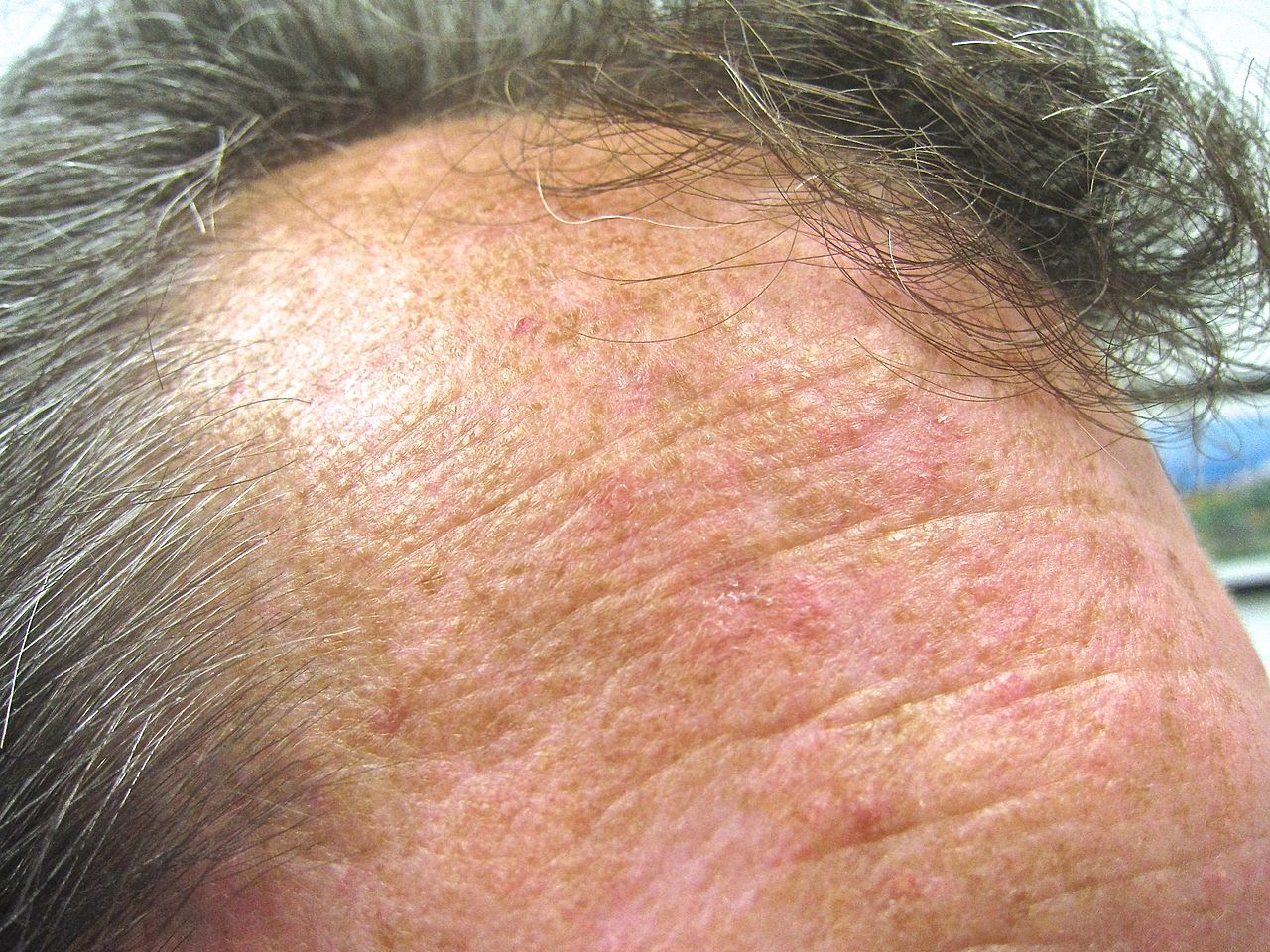Out of a wide variety of skin conditions, Actinic Keratosis can be among the most concerning. Actinic Keratosis manifests as a rough, scaly patch on the skin, often considered a “precancerous” condition.
Often, you’ll need a doctor or plastic surgeon to determine the severity of Actinic Keratosis or distinguish it from other types of skin conditions. But what causes Actinic Keratosis?
What Causes Actinic Keratosis?
Actinic Keratosis, also known as Solar Keratosis, is UV damage to the skin, which manifests in rough, bumpy, and scaly growths.
Actinic Keratosis is most common in people over 40 years of age who have a long history of UV rays exposure, either through the sun or tanning beds. Unlike sunburn, Actinic Keratosis can take many years before it manifests.
Often, Actinic Keratosis appears in places most exposed to the sun, generally including the face, ears, scalp, neck, and backs of hands or arms. People with lighter skin are often more vulnerable, but anyone can get Actinic Keratosis with enough unprotected sun exposure.
If you leave Actinic Keratosis unattended, it can turn into carcinoma, a form of skin cancer. While it can be hard to distinguish Actinic Keratosis from other blemishes, a medical professional should identify it.
Medical Spa Treatments For Keratosis
Thankfully, there are options when it comes to Actinic Keratosis treatment. One of the most effective methods a medical spa can use is “Photodynamic Therapy,” combined with topical medicine with the effects of laser skin surgery.
It works because a photo-sensitizing topical medicine, such as Levulan, is applied to the skin. A BroadBand Laser (BBL) is then activated. This laser will then destroy pre-cancerous cells, reduce the health risk, and start to clear up the discoloration from Actinic Keratosis.
Photodynamic Therapy is such a good option because it can cover a vast number of lesions simultaneously. This makes it much more effective than surgeries or treatments that need to treat the lesions one at a time. This makes it ideal for Actinic Keratosis scalp treatment or treatment of any other large area of skin.
If you are looking for more small-scale removals, it is possible to have the lesions excised surgically or the cancerous cells killed through freezing methods. Topical medicines are another option for a more gradual treatment of the lesions. You can combine these precise methods can with laser treatment to help treat the entire body.
Non-Medical Treatments for Keratosis
As Keratosis is a pre-cancerous condition, we always recommend seeking medical help for even a tiny skin lesion that resembles it. The best way to avoid such procedures is never to get Actinic Keratosis in the first place.
It’s essential to protect yourself from excessive exposure to UV rays. You should always wear sunscreen when going out into the sun, particularly during the summer months.
It’s essential to, in general, limit your direct exposure – try to take breaks in the shade as much as possible. This care around the sun is critical as one becomes older.
UV exposure leaves you at risk of developing certain types of skin cancer. Sun protection against Ultraviolet UV rays is the best way to avoid skin conditions that develop into skin cancer.
Do You Think You Might Have Actinic Keratosis on Face or Body?
If you feel that you have skin lesions that might be Actinic Keratosis, or think that your exposure to the sun is putting you at risk, don’t hesitate to contact us for more information. We take skin care very seriously and are always happy to help.

